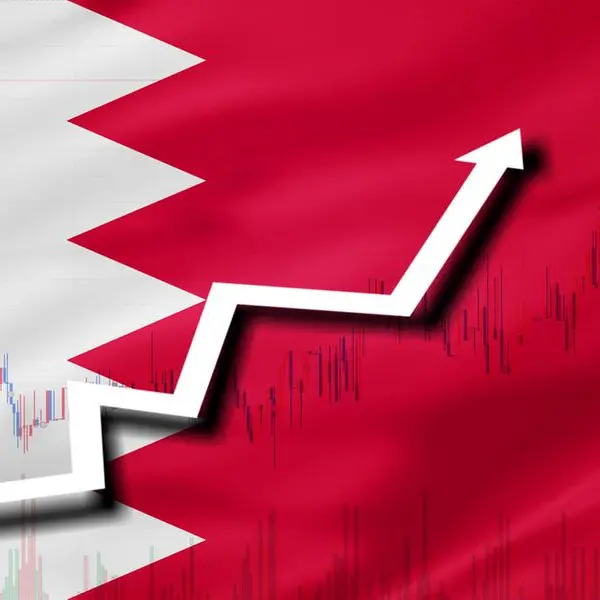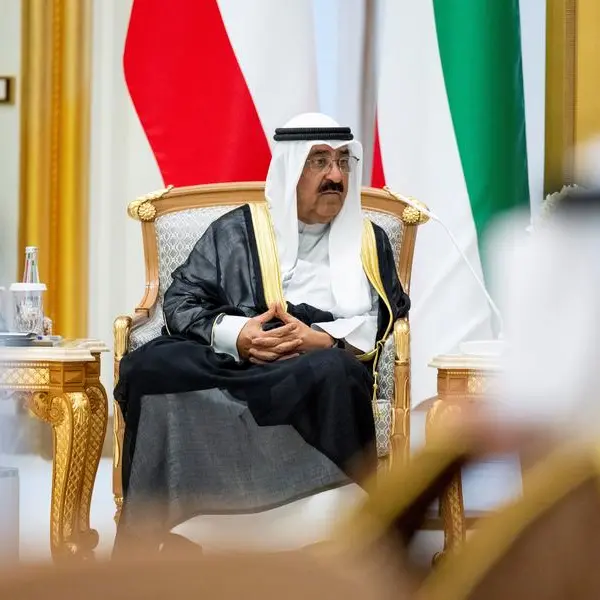PHOTO
The MENA economy was estimated to have grown an aggregated 2.8 per cent year-on-year from January to March 2018 (previously over 2.7 per cent year-on-year), according to FocusEconomics, representing a noticeable improvement over the one per cent rise in the October to December period of 2017.
In line with market sentiments, economies across the MENA region is witnessing a gradual recovery from last year’s downturn. Oil-exporting economies are benefiting from the rise in oil prices, allowing some governments to boost spending and taking some pressure off financial markets. While higher oil prices are bad news for oil-importing economies, robust global economic dynamics are supporting export growth, partially offsetting the deterioration of the current account. However, in spite of these encouraging developments, the ongoing geopolitical pressures continue to disrupt the recovery momentum.
The US’ withdrawal from the Iran nuclear deal and reinstating economic sanctions against the republic is creating complications between members of the Joint Comprehensive Plan of Action—EU, China and Russia. FocusEconomics has suggested that the consequences of the Trump administration’s decision could quickly spill over across the region due to various factors including oil production output and alliances.
DOMESTIC CONCERNS
Price pressures across MENA have remained subdued in the first quarter of the year, with regional inflation reportedly stabilising at an aggregate of 3.7 per cent in March.
According to FocusEconomics, data in the following month reflected lower inflation in Saudi Arabia as the impact of the VAT introduction in January fades, coupled with the ongoing deflationary process in Egypt. Despite the weakening of the Iranian rial following expectations of possible new economic sanctions by the US, inflation declined in April due to lower prices for food. This year, the research house projects inflation to pick up on the back of faster economic growth in the region, the implementation of VAT in some GCC countries and higher energy prices. Regional inflation is expected to average 5.1 per cent in 2018, which is up 0.1 percentage points from last month’s estimate. In 2019, inflation is expected to moderate to 4.7 per cent.
BETTER PROSPECTS
On the back of higher oil prices, healthy global growth, relatively loose financial conditions and bolder fiscal support in key countries such as Qatar, Saudi Arabia and the UAE, economic recovery across the region is underway. Political risks, however, are gradually materialising, endangering the long-awaited economic rebound. The spat between Iran and the US and its regional allies represents the main regional threat to the region’s economic outlook.
Analysis from FocusEconomics suggests that the impact of the US’ decision to abandon the Iran nuclear deal will be felt not only domestically, but also in other countries across the region such as Iraq and Lebanon. Additionally, social tensions are resurfacing in Egypt, Jordan and Morocco, while the long-standing conflict between Israel and Palestinians has flared up again in recent weeks. Elsewhere in the MENA region, the establishment of secure governments in Iraq and Lebanon is key to cementing political stability. Analysts have forecasted lower growth prospects for Iran, Iraq, Kuwait, Lebanon and Qatar. Projections were left stable in Bahrain, Israel, Jordan, Morocco, Oman, Saudi Arabia, Tunisia, the UAE and Yemen. Egypt’s economy on the other hand is expected to be the top performer in 2018, followed by Israel’s.
At the other end of the spectrum, Yemen, which is entangled in a bloody civil war, is expected to contract for the fifth consecutive year. Among other major economies, Saudi Arabia’s economy is expected to return to growth this year, but the expansion will be limited by reduced oil output in compliance with the global oil cut deal.
Overall, the MENA economy is estimated to expand 2.7 per cent in 2018 and to 3.1 per cent in 2019.
© 2018 CPI Financial. All rights reserved. Provided by SyndiGate Media Inc. (Syndigate.info).












